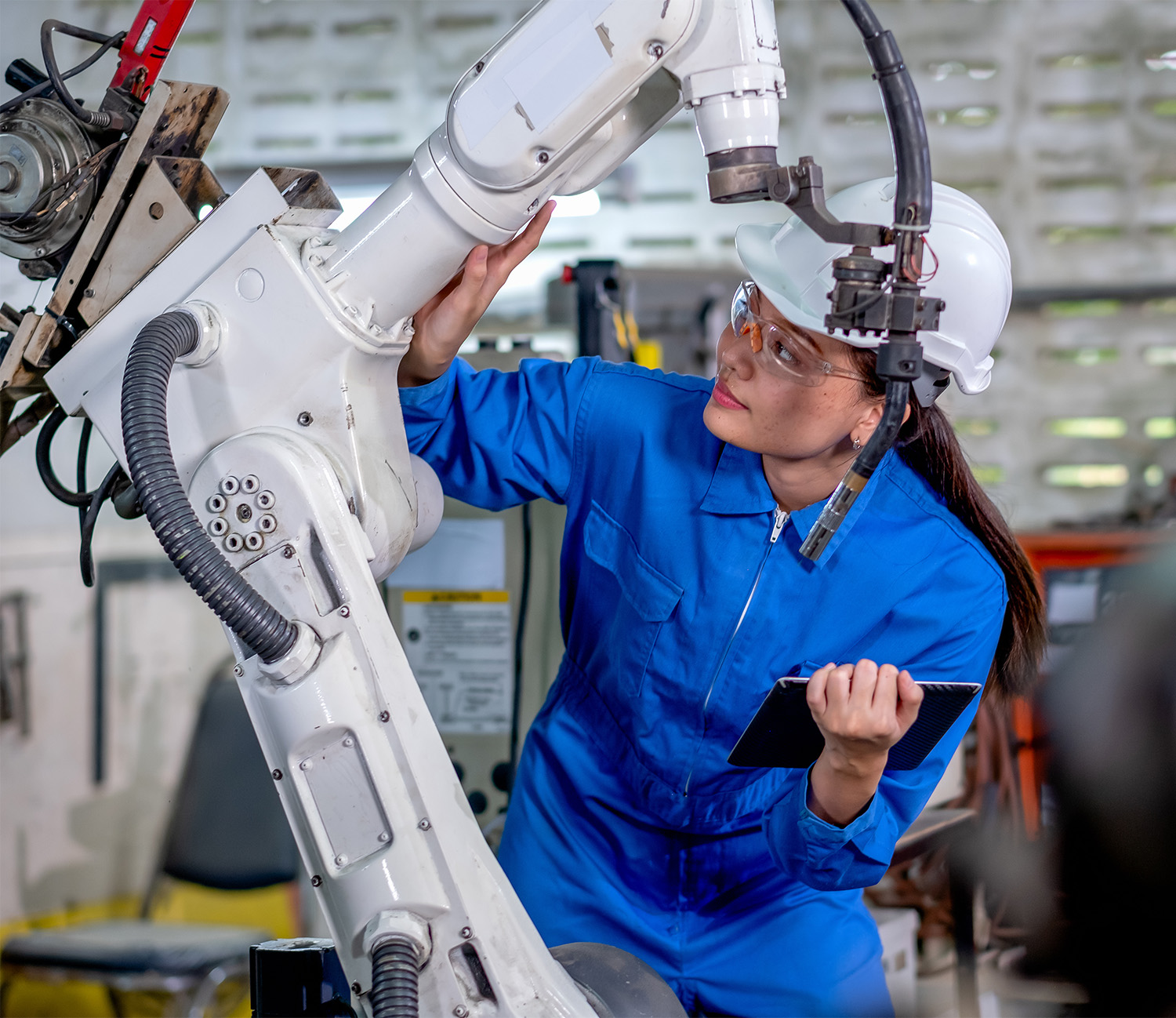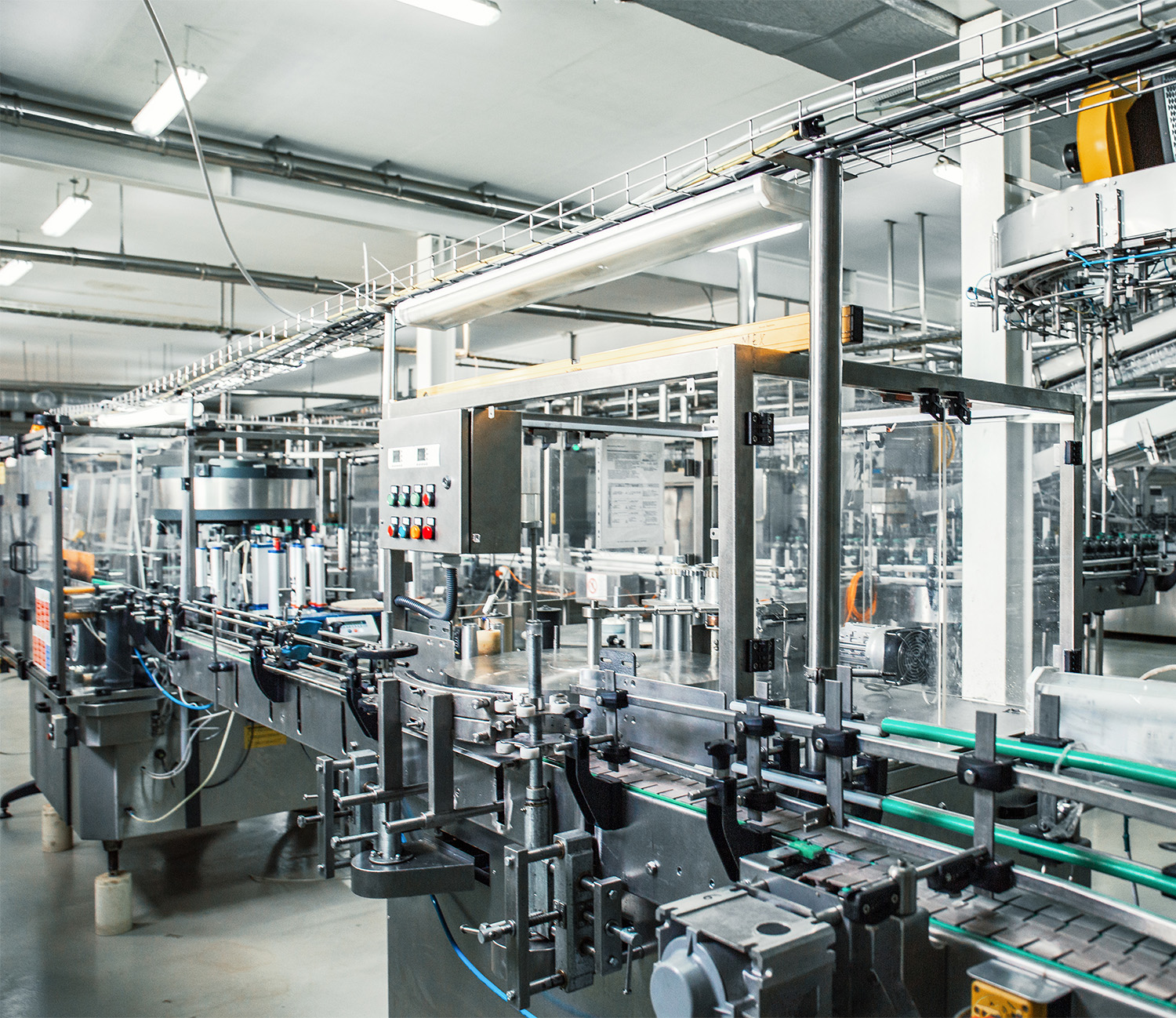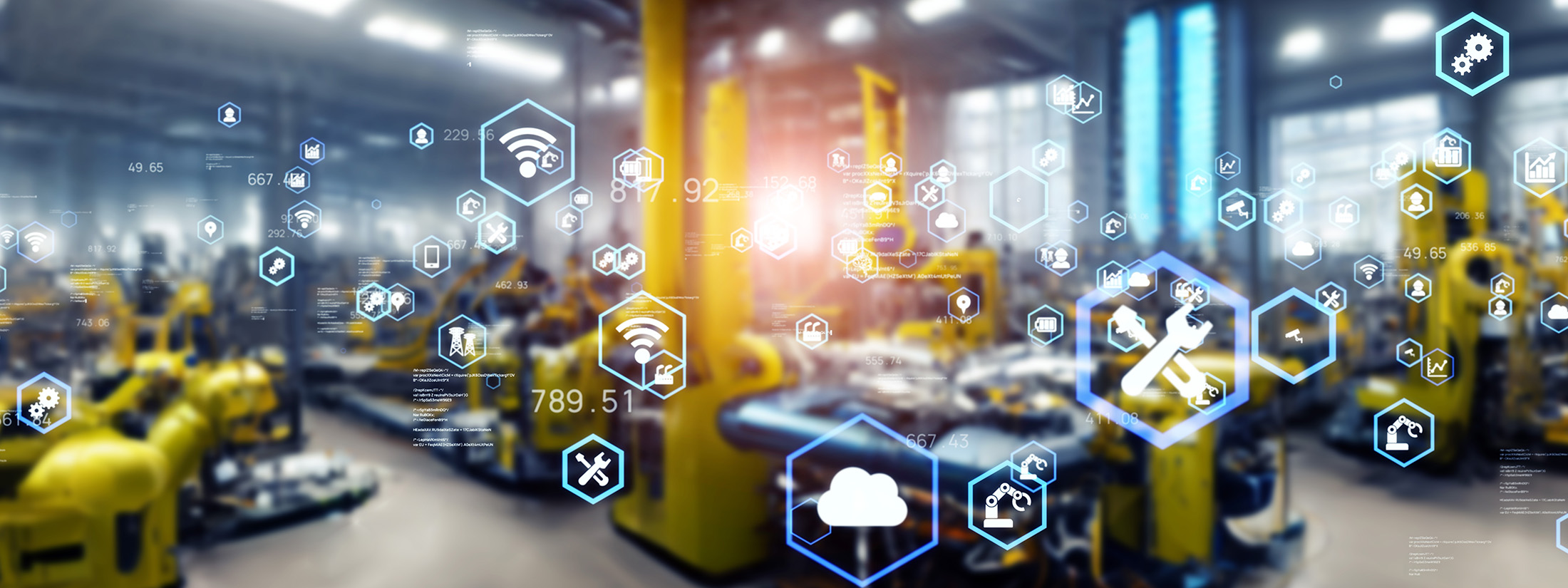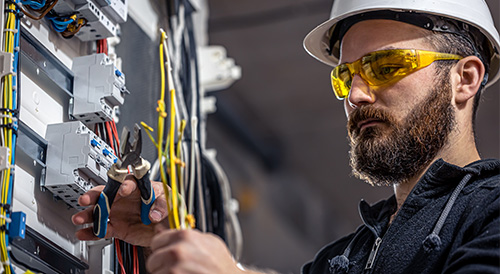Manufacturing systems
Maintenance and support
Proactive maintenance
Proper maintenance and support play a pivotal role in maximizing the Return on Investment (ROI) of automated manufacturing systems. These systems are designed to enhance efficiency, reduce errors, and increase production capacity.
However, to ensure they operate at peak performance and deliver the expected returns, a robust maintenance strategy is essential. Regular upkeep, preventive maintenance, and timely repairs contribute to minimizing downtime, thereby optimizing overall productivity.

Return on Investment (ROI)
Routine maintenance is crucial for identifying and addressing potential issues before they escalate, preventing unexpected breakdowns that can disrupt production schedules. Predictive maintenance technologies, such as sensors and analytics, enable proactive monitoring of equipment health, allowing for timely interventions.
This not only extends the lifespan of the automated systems but also reduces the likelihood of costly repairs. By investing in a comprehensive maintenance plan, manufacturers can sustain the efficiency gains achieved through automation, ultimately amplifying the system’s long-term ROI.
In addition to maintenance, providing adequate support is essential for the continuous improvement of automated manufacturing systems. As technologies evolve and new updates become available, ongoing support ensures that the systems remain up-to-date and aligned with industry standards.
This includes software updates, hardware upgrades, and access to technical expertise. Continuous support not only enhances the system’s performance but also helps adapt it to changing production requirements, further maximizing its utility and ROI.
Knowledge transfer
Comprehensive training and documentation for the workforce are integral components of effective support. Well-trained operators and maintenance personnel can operate the automated systems more effectively, troubleshoot common issues, and contribute to a culture of continuous improvement. This, in turn, minimizes the learning curve associated with new technologies, increases overall system reliability, and ensures that the manufacturing facility fully capitalizes on the benefits of automation.
Spare parts and repairs
Optimal inventory levels
Effective parts inventory management is a critical element in maintaining the operational performance of a manufacturing facility. A well-organized and properly managed parts inventory ensures that essential components are readily available when needed, minimizing downtime caused by equipment failures.
Timely access to spare parts is crucial in preventing production delays and disruptions, allowing the facility to meet production targets and fulfill customer orders on schedule. Moreover, efficient parts inventory management contributes to cost savings by reducing the need for expedited shipping and emergency purchases, as well as preventing overstocking or under stocking issues.

Specialized expertise
Outsourcing repair services to Original Equipment Manufacturers (OEMs) further enhances the operational efficiency of a manufacturing facility. OEMs possess in-depth knowledge of their own equipment, making them uniquely qualified to diagnose issues accurately and provide effective solutions. By outsourcing repairs to the OEM, manufacturers can benefit from specialized expertise, ensuring that equipment is restored to its original specifications. This not only maintains the performance and reliability of the machinery but also extends its lifespan.
Additionally, OEMs often offer service agreements and warranties, providing manufacturers with added assurance and cost predictability. Outsourcing repairs to OEM scan streamline the maintenance process, allowing the manufacturing facility to focus on it score competencies while relying on the expertise of the equipment’s original creators.
In addition to maintenance, providing adequate support is essential for the continuous improvement of automated manufacturing systems.
As technologies evolve and new updates become available, ongoing support ensures that the systems remain up-to-date and aligned with industry standards.
Certified parts
OEMs have access to genuine, high-quality replacement parts. Utilizing authentic components is crucial for maintaining the integrity of the equipment and preventing compatibility issues that may arise with aftermarket alternatives. This not only contributes to the overall reliability of the manufacturing process but also ensures that the facility remains in compliance with industry standards and regulations. The synergy between effective parts inventory management and outsourcing repair services to OEMs creates a robust system that safeguards the operational performance of a manufacturing facility, fostering sustained productivity and competitiveness in the market.
Retooling and upgrades
Product knowledge
Collaborating with the Original Equipment Manufacturer (OEM) to retool and upgrade an installed automated manufacturing system offers several advantages. OEMs possess unparalleled knowledge of their own equipment, having designed and built the system. This familiarity enables them to assess the current state of the system accurately and identify areas for improvement.
The OEM’s in-depth understanding of the system’s architecture, software, and components streamlines the retooling and upgrading process, minimizing the risk of errors and ensuring seamless integration of new technologies.

State-of-the-art technology
Working with the OEM for retooling and upgrades often provides access to the latest advancements in technology. OEMs stay abreast of industry innovations, and by leveraging their expertise, manufacturers can benefit from cutting-edge solutions tailored to enhance the efficiency and performance of their specific automated system. This ensures that the manufacturing facility remains competitive in the rapidly evolving landscape, adopting state-of-the-art features and functionalities that contribute to increased productivity and reduced operational costs.
Compatibility
Another advantage lies in the compatibility and reliability of the upgraded system. OEMs are best positioned to provide components and software that are fully compatible with the existing infrastructure. This minimizes the risk of integration challenges and reduces downtime during the upgrade process. Moreover, the OEM’s commitment to quality ensures that the upgraded system meets or exceeds original specifications, enhancing its overall reliability and longevity.
Manufacturers can have confidence that the retooled system will perform optimally and contribute to sustained productivity gains.
Integrated support
The support and expertise provided by the OEM during and after the retooling process are invaluable. OEMs often offer comprehensive training programs for operators and maintenance personnel, ensuring that the manufacturing team can effectively utilize the upgraded system. Additionally, ongoing support and maintenance services provided by the OEM contribute to the long-term success of the upgraded system, with access to timely repairs, software updates, and technical assistance. This holistic approach to support ensures that the manufacturer maximizes the return on investment and experiences a smooth transition to an enhanced and future-ready automated manufacturing system.
Lifecycle extension
Proper maintenance
Extending the design lifespan of an automated manufacturing system can be achieved through several strategies, each offering unique economic and environmental benefits. One approach is proactive maintenance, which involves regular inspections, preventive measures, and timely repairs. Implementing a robust maintenance schedule ensures that components are well-maintained and operational, minimizing the risk of breakdowns and extending the overall lifespan of the system. This strategy not only enhances system reliability but also reduces the frequency of replacements, resulting in cost savings and a more sustainable use of resources.

Targeted upgrades
Another method is gradual system upgrades and retrofits. Instead of replacing the entire automated manufacturing system, targeted upgrades can be implemented to modernize specific components or subsystems. This approach allows manufacturers to integrate the latest technologies, improve efficiency, and adapt to changing production needs without the significant environmental impact associated with complete system replacements. Upgrading only what is necessary extends the useful life of existing equipment, promotes resource conservation, and aligns with a more sustainable approach to manufacturing. Repurposing or reconfiguring the automated manufacturing system for different tasks is another strategy for extending its design lifespan.
Adaptive reuse
Relocating an automated manufacturing system to a new location or repurposing it for different task reduces the need for capital investments in new equipment, providing a sustainable and cost-effective solution. It also supports business agility, enabling manufacturers to respond efficiently to shifts in market demand or changes in the production process without the upheaval of a full system replacement.
The ATS service advantage
- Comprehensive lifecycle service portfolio
- Large, multidisciplinary workforce
- Highly refined processes for testing and optimizing complex automation systems
- Global footprint
- Warranted work
Please complete the form to connect with an ATS service representative.





